Molten salts are renowned for operating at high temperatures and are ideal as a new generation of carbon capture media.
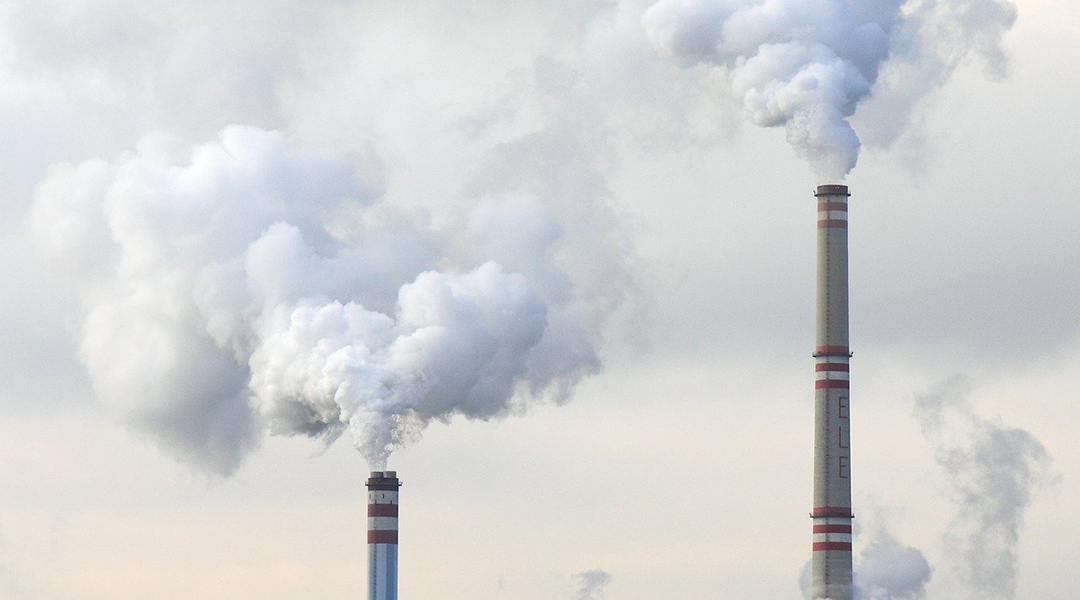

Molten salts are renowned for operating at high temperatures and are ideal as a new generation of carbon capture media.

A new carbon capture technique called supercapacitive swing adsorption separates carbon dioxide from gaseous mixtures in the air and industrial flue gases.
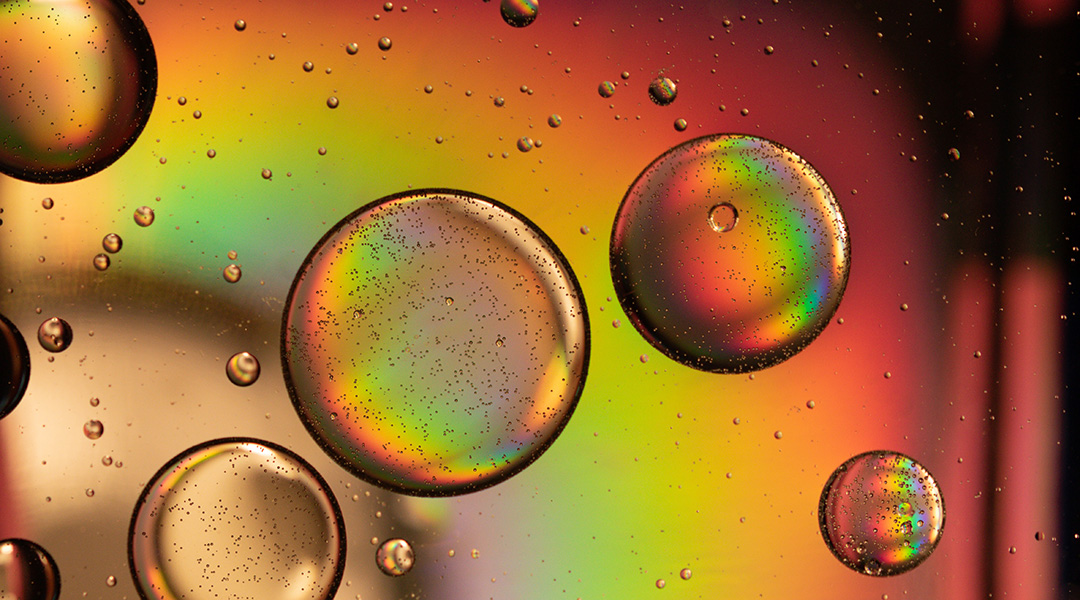
A genetically engineered strain of yeast is reducing the amount of carbon dioxide produced during the production of ethanol biofuels.

The circular carbon economy is still in its infancy, and realizing it will require innovative processes for capturing and utilizing carbon.

With varying climate conditions around the world, where are the most cost-effective locations to deploy direct air capture facilities?

Direct air capture can find its roots in antiquity and will be a major technology for the future.
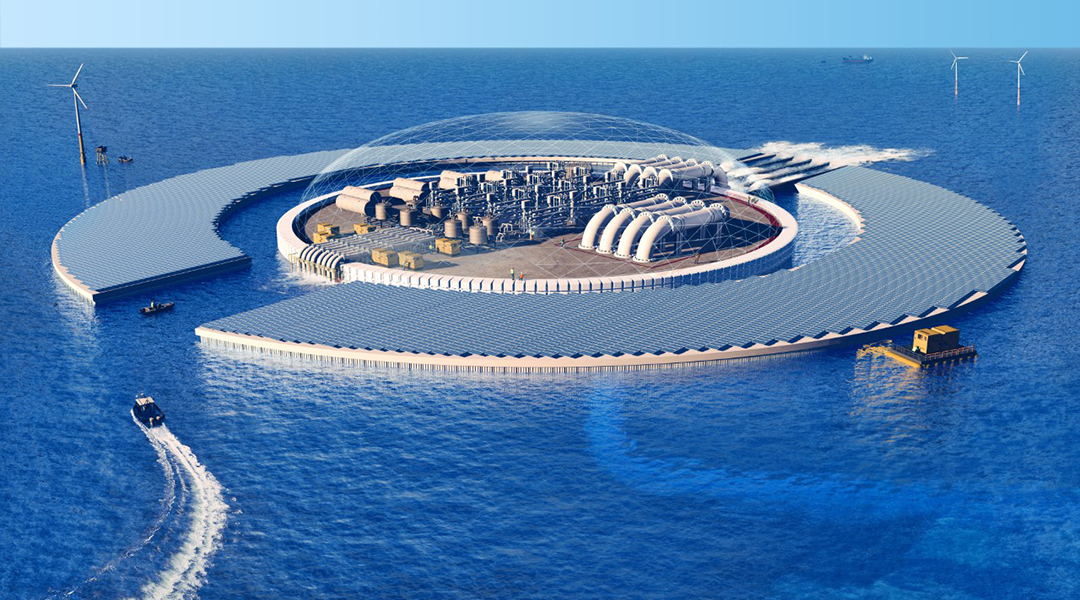
An out-of-the box approach to carbon sequestration proposes an off-shore solution and a fascinating adjunct to direct air capture.
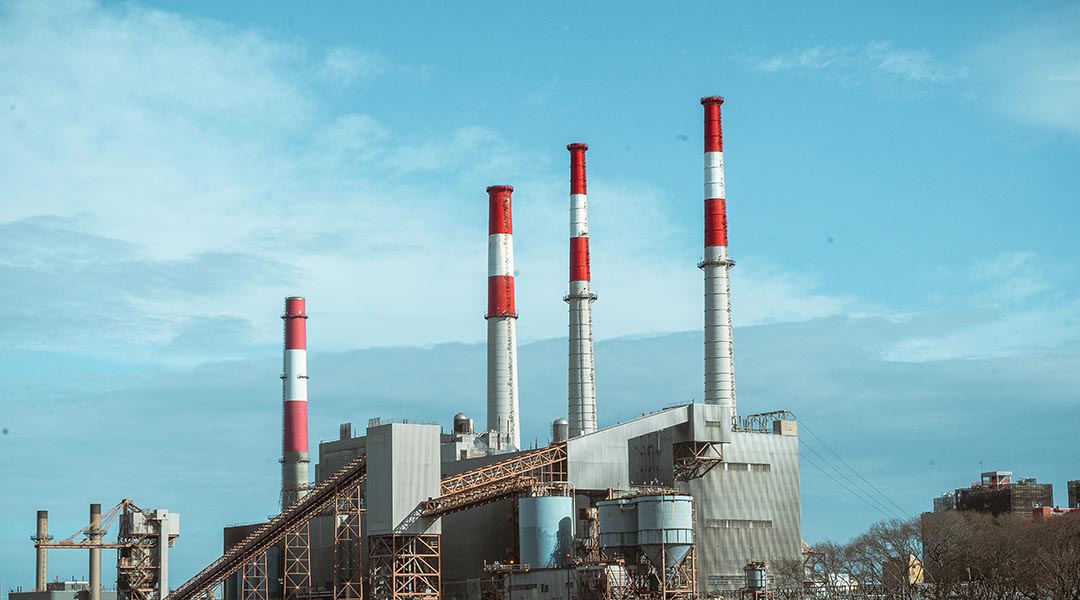
Decarbonizing the chemical industry is possible, provided decreases in the cost of solar energy and increases in LED efficiency continue.
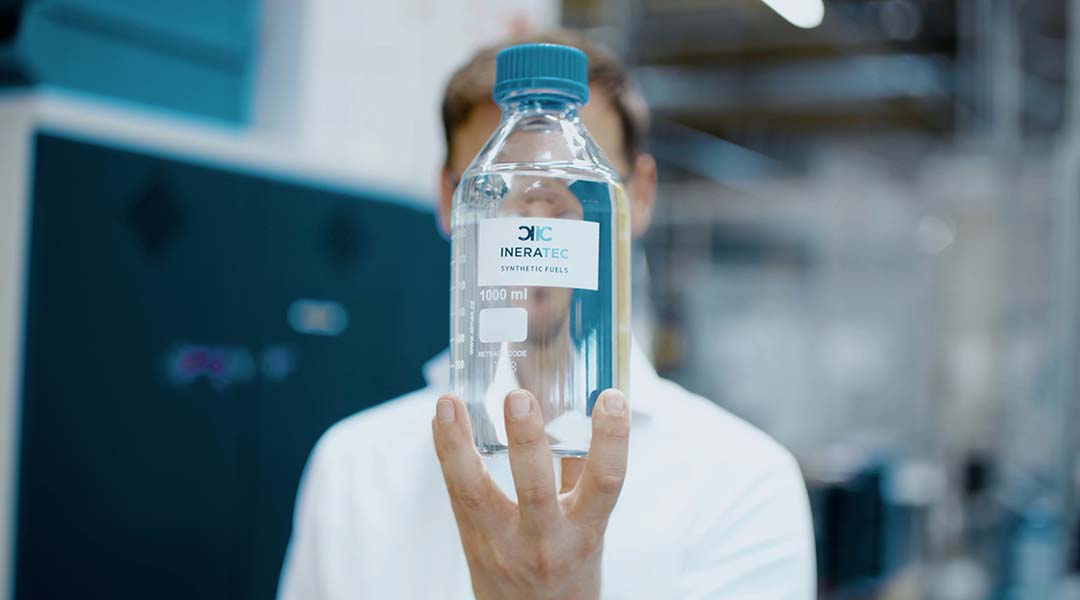
A German start-up has developed a method to convert captured carbon and hydrogen into a range of sustainable fuels.

An all-hands-on-deck initiative aims to fast track innovative technologies to remove atmospheric carbon dioxide.